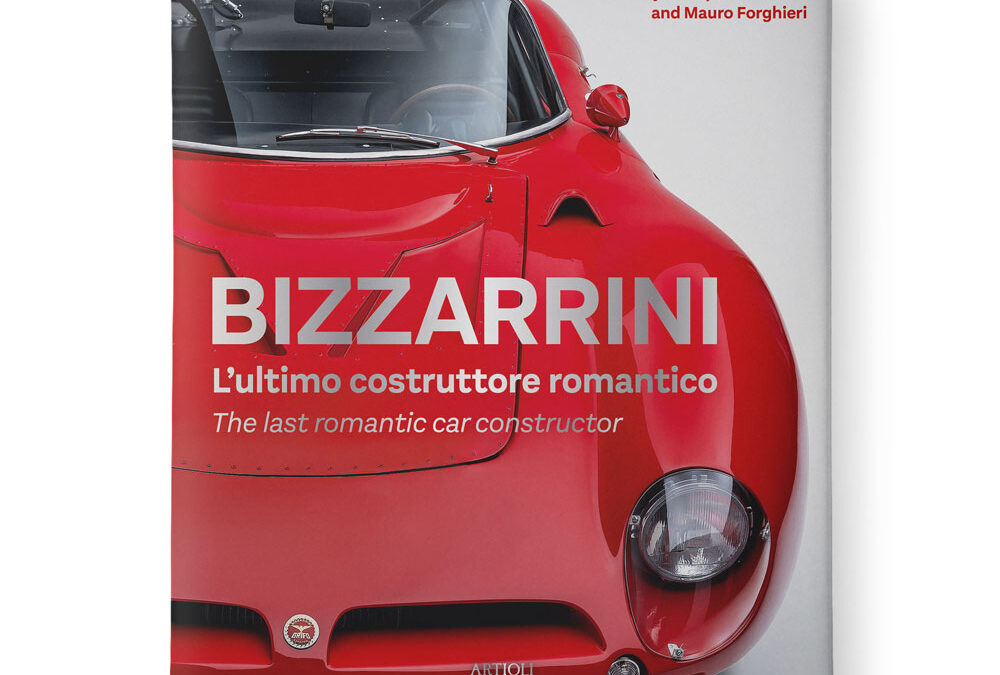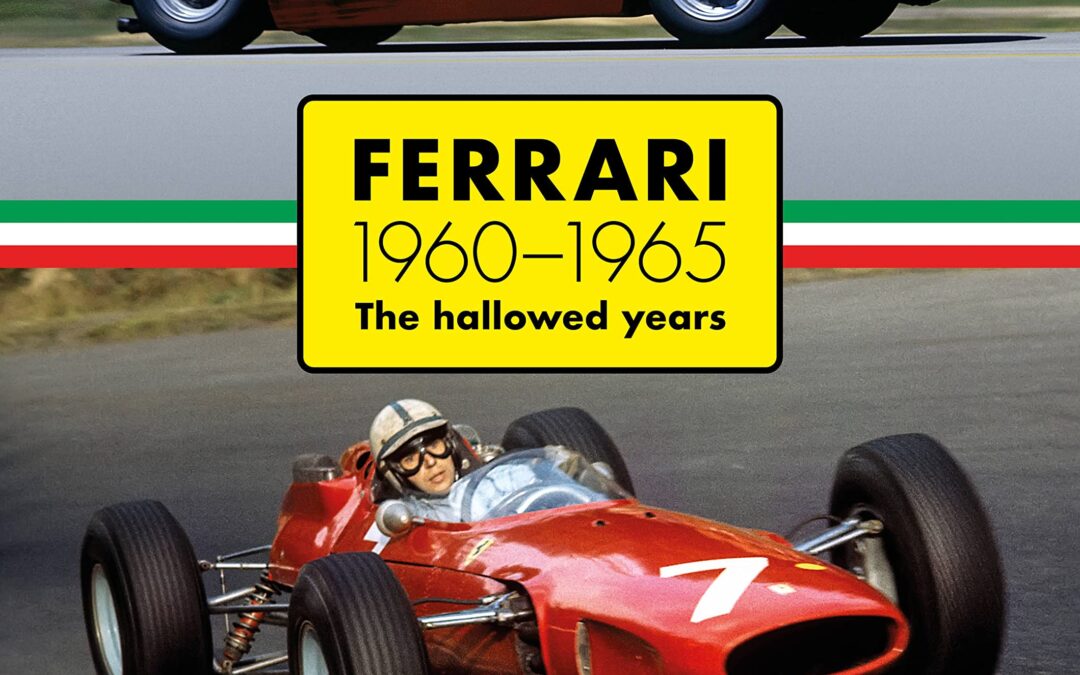
Travel back in time to a colorful period in commercial aviation at one of the most fascinating airports in the world. Embark on a visual tour of airlines and aircraft that have since departed forever. From the once powerful carriers such as Trans World Airlines (TWA) and Continental Airlines to the smaller, lesser known commuter airlines that lasted only a few months. With stunning photographs and full, descriptive captions, Departed Wings-Los Angeles is a visual tribute to the exciting decade after airline deregulation and the airlines and liveries that came and went.
It has been forty years since the Airline Deregulation Act was signed into law in October 1978, and the far reaching effects of the act continue to be felt today. Intended to remove strict oversight by the government on airline routes, fares, and services, the Airline Deregulation Act fostered competition, development of a hub-and-spoke system, as well as entry of new airlines in this “free” market. The decade following the Airline Deregulation Act saw several airlines both large and small start operations hoping to establish business in a specific niche market.
In the first of a series of hardbound books, Departed Wings-Los Angeles LAX, is a visual tribute to the post-deregulation decade at one of the most famous airports in the world. Los Angeles was host to numerous start-up airlines as the result of deregulation, as well as a strong-hold to major domestic carriers and international airlines that placed LAX on their route maps. With ninety, spectacular photographs and detailed, descriptive captions explaining the history of the various airlines and aircraft that transited LAX during the years 1980-1990, Departed Wings-Los Angeles LAX is sure to rekindle memories of one of the most exciting eras in commercial aviation.

Works Rally Mechanic is the inside story of the BMC/BL Competition Department from 1955 to 1979.
From a works mechanic’s point of view, Brian Moylan tells how competition cars were prepared, how rally support was organised and graphically describes what it was like to repair and service cars in difficult conditions, and against the clock.
Brian prepared cars for international rallies for 22 years, providing service support for ‘Big’ Healeys, Minis & TR7s. This book tells of the adventures, hilarious events, hardship, winning, losing, and real danger.
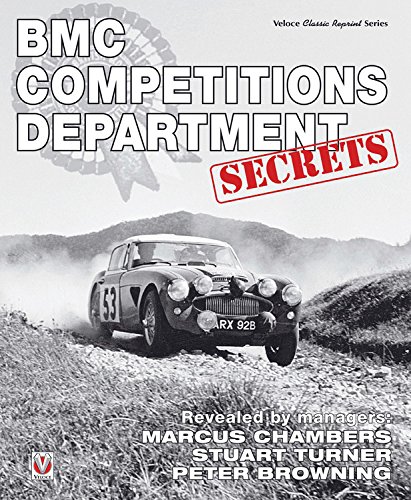
The revealing and surprising inside story of the legendary BMC Works Competitions Department told by the three Competition Managers of the highly successful BMC/British Leyland race and rally teams based at Abingdon. The book reveals the inner workings and machinations of one of the most successful motor sport teams Britain has ever seen. Based on previously unpublished internal memos and documents, and the recollections of the prime movers, the book describes the ups and downs, and the politics of big time competition in an exciting era. An excellent and entertaining read and an important factual documentation, no motor sport enthusiast should be without this book.
19544
19543
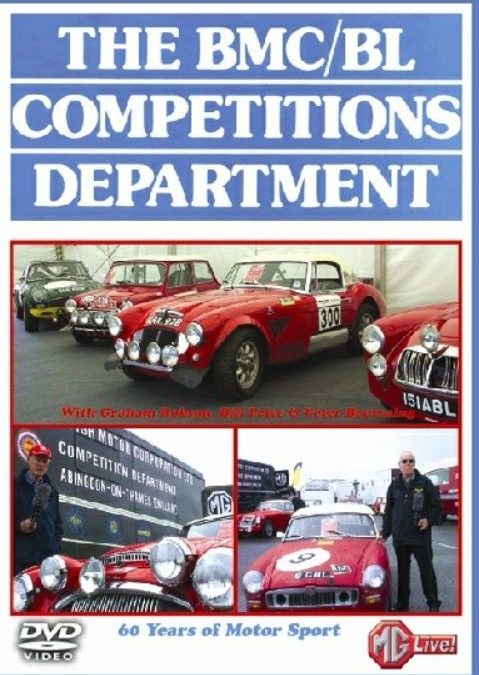
Filmed at Silverstone in July 2015, this is the historic record of the 60th anniversary gathering of the former Abingdon ‘Works’ Competition Department. Over 50 important vehicles are present along with many of the ‘Works’ drivers, co-drivers, management, mechanics and other personnel. An occasion that is unlikely to ever be repeated but thanks to this release you can now enjoy the weekend up close and personal and actually better than if you’d have been there yourself!
Bill Price gives us a tour of many of the cars on display and details their Works history whilst Graham Robson carries out interviews in his own inimitable style and Peter Browning talks to early Works driver, Jack Sears.
Packed with archive film this production is an important record in the history of the Abingdon Competitions Department. Also included is an extra feature covering the MG Live event. Total running time approximately 100 minutes.
Extra is a featurette looking at the fabulous MG Live show.
Bullock’s Department Store
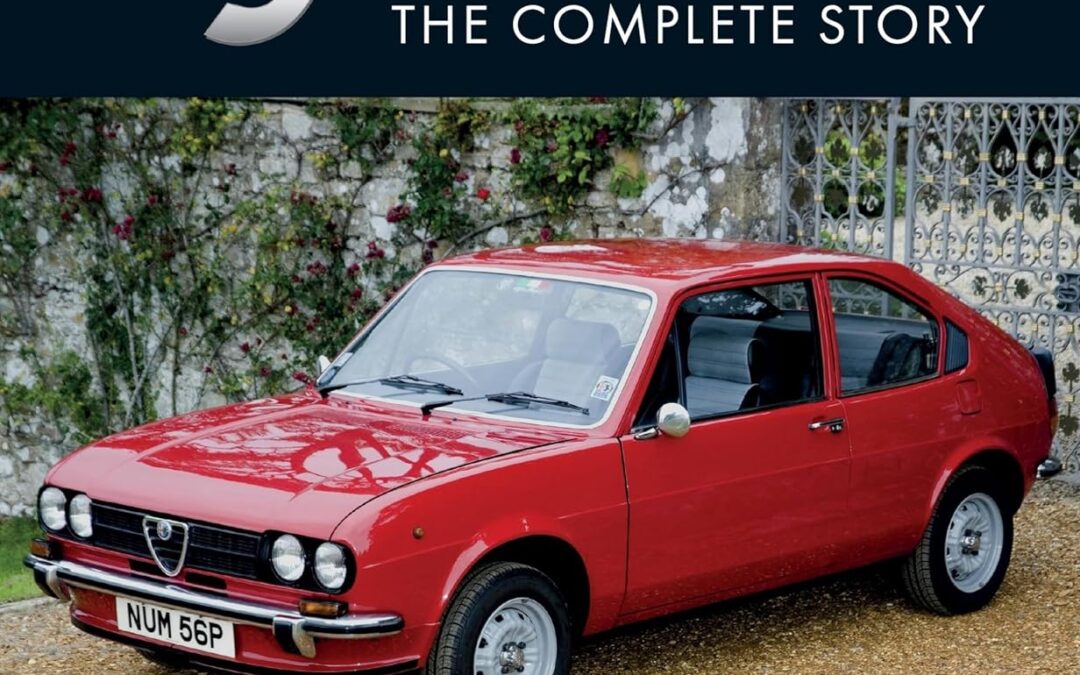
Launched in 1971, the Alfasud was an all-new departure for Alfa Romeo, both in its design and its execution. Originally it was developed with the dual intentions of launching the company into large-volume production and providing a more affordable model than their highly regarded sports cars. However, its story was far from straightforward. Although respected for its technically brilliant design and universally praised for its ride and handling, the model never quite reached its full sales potential and its reputation was marred by problems that could not have been foreseen. With over 240 photographs, this book includes: ·A brief history of Alfa Romeo to the end of the 1960s ·The development of the Alfasud’s design and the political reasons for building a new factory ·The car’s reception from both the press and owners ·The evolution of the model from initial prototypes, to the improvements to build quality and performance, including the Giardinetta and Sprint variations; ·Alfasuds in competition ·A discussion of the political and labour problems, as well as the early quality-control issues, and ·Specification tables, performance data, chassis numbers, engine codes and colour charts.
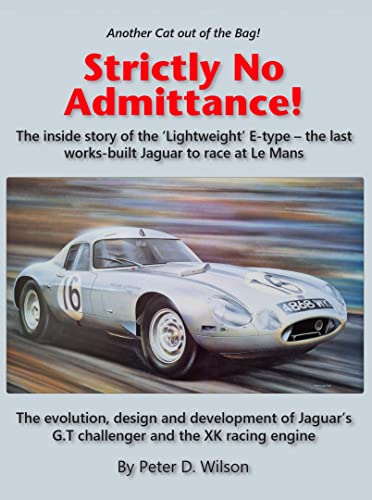
This impressive, large format book tells the inside story of the ‘Lightweight’ E-types. Built just in 1963, they are now amongst the rarest and most desirable of the race cars which came from Jaguar’s famous Competition Department – to which indeed there was ‘Strictly No Admittance’ for ordinary mortals! The book covers the evolution, design and development of Jaguar’s G.T. challenger and its XK racing engine. It is written by automotive engineer Peter Wilson who himself worked in the Competition Department throughout the period, where, together with his colleagues, helped build, and develop the production E-type through to its final form – the highly competitive and successful ‘Lightweight’ E-type. Peter’s remarkable recall of those events 60 or more years ago is reinforced by the hundreds of hours he spent in the Jaguar Daimler Heritage Trust’s impressive archives, and by many conversations with his former colleagues at Jaguar. The result is a book of astonishing detail (every single engine ever used by the factory in Lightweight E-types is, for example, identified and fully documented), while Peter’s account of how the car evolved from previous models, and the technicalities of how the engine, transmissions, brakes and bodywork were built and developed, are recorded in unprecedented detail. “The Lightweight E-type was created under the aegis of Jaguar’s founder, Sir William Lyons, and his engineering director William Heynes CBE”, writes publisher Paul Skilleter. “But the cars needed to be built and maintained, and Peter takes us into that ‘holy of holies’ and introduces us to the men who created the Lightweight E-type ‘in the metal’. “However, in successfully persuading Peter Wilson to follow up his XJ13 book with one on the Lightweight E-type, I hadn’t realised what I had let myself in for… The sheer quantity of words, graphs, diagrams and pictures which Peter presented me with was breathtaking – as was also the huge depth of the research clearly
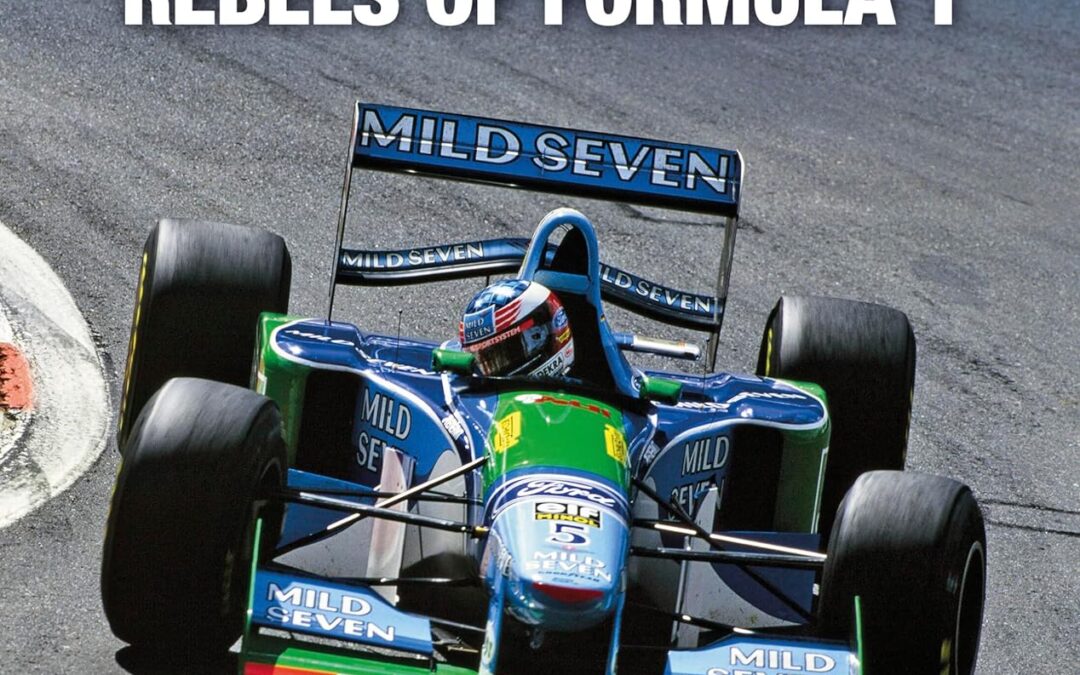
Unconventional, flamboyant, ground-breaking, colourful, controversial — the Benetton Formula 1 team was all of those things.
Defying perceptions as the rebels of Formula 1, Benetton achieved great success, particularly in the two glorious seasons of 1994 and 1995 when the team swept aside the big names — Williams, McLaren and Ferrari — to claim back-to-back World Championship titles for up-and-coming Michael Schumacher. This book tells the entire 1986–2001 history of the Benetton team for the first time with insightful contributions from many of the key participants, including Flavio Briatore, Alessandro Benetton, Pat Symonds and Rory Byrne.
- Beginnings: after three seasons in F1 as a sponsor, Benetton purchases ailing Toleman and creates its own BMW-powered team for 1986, taking a first win that year with Gerhard Berger.
- Growing in stature: with Flavio Briatore arriving to run the team and using Ford engines, Benetton edges towards consistently strong performances, including two consecutive wins for Nelson Piquet at the end of 1990.
- The key driver: the inspired signing of Michael Schumacher takes Benetton closer to glory during a 1992–93 high-tech period that sees the Williams team reign supreme.
- The breakthrough year: Following tragedy, black flags, disqualifications, a pitlane inferno and political maneuvring, the tumultuous 1994 season ends with Schumacher sealing the World Championship title for Benetton after a controversial clash with rival Damon Hill.
- The best year: Transferring to Renault engines, Benetton dominates in 1995, Schumacher taking a second consecutive crown thanks to nine wins and Johnny Herbert supporting to help deliver the constructors’ title too.
- The hangover: After Schumacher’s departure to Ferrari and the loss of factory Renault engines, Benetton struggles to maintain its status in 1996–97 with Gerhard
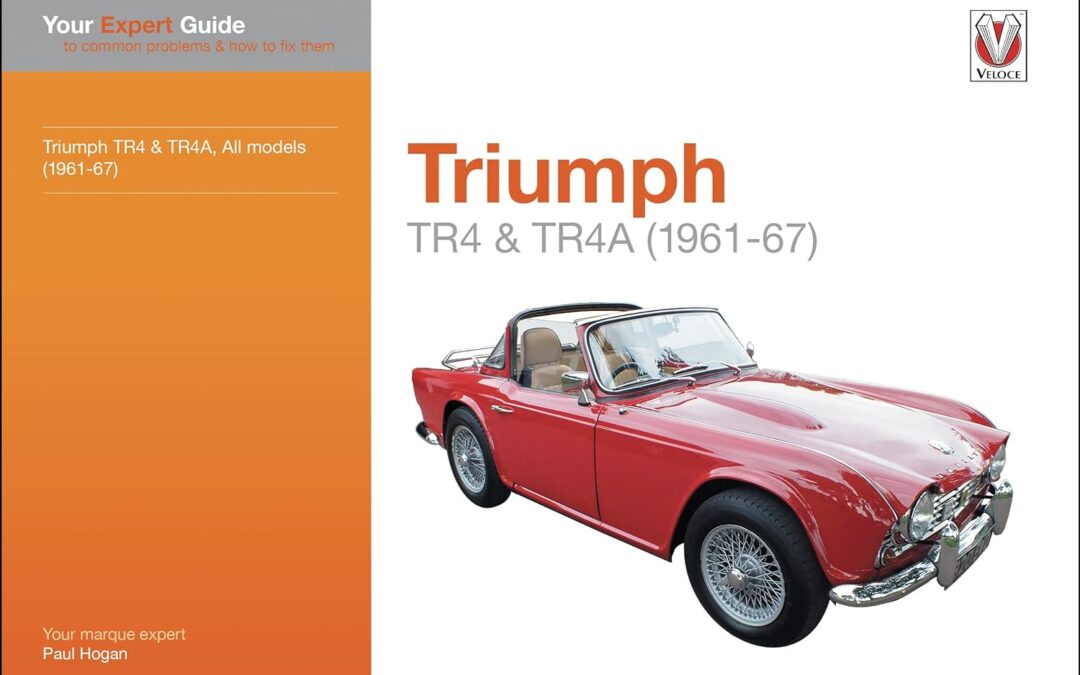
The TR4 represented a new breed of British sports car. Its modern lines, and accessories, such as wind-up windows and face-level ventilation, were a big departure from the earlier TR3 models. While TR4 mechanical parts may not have been new, the introduction of IRS (independent rear suspension) on the TR4A set a new benchmark for sports cars of that era. Performance was solid, if not spectacular, with 109 mph attainable in overdrive top, and these TRs found a ready market in all parts of the world. Now nearly 60 years old, the TR4 and TR4A still attract a huge following worldwide. This book is designed to offer owners and potential owners of these cars an insight to the common problems that can arise and how to fix them, and often making an improvement at the same time. Arranged into easy to follow sections – engine, driveline, suspension, etc – you can see not only where the problems arise, but how to solve them. Information is also provided on owners’ clubs and spares suppliers to help keep your car in good condition and on the road.

In this expanded collector’s edition of The Art of NASA, complete with a paper model Lunar Module and a poster, explore over 200 stunning artworks commissioned by NASA to sell its missions.
Formed in 1958, NASA has long maintained a department of visual artists to depict the concepts and technologies created in humankind’s quest to explore the final frontier. Culled from a carefully chosen reserve of approximately 3,000 files deep in the NASA archives, the 200+ awe-inspiring illustrations presented in this special boxed edition are complemented by:
- 32 pages of new material
- A paper model of the Lunar Module
- A rolled poster
- A sheet of four postcards
- A new foreword by astronaut Tom Jones
From space suits to capsules, from landing modules to the Space Shuttle, the International Space Station, and more recent concepts for space planes, The Art of NASA presents 60 years of American space exploration in an unprecedented fashion. All the landmark early missions are represented in detail—Gemini, Mercury, Apollo—as are post-Space Race accomplishments, like the mission to Mars and other deep-space explorations.
The insightful text relates the wonderful stories associated with the art. For instance, the incredibly rare early Apollo illustrations show how Apollo might have looked if the landing module had never been developed. Black-and-white Gemini drawings illustrate how the massive NASA art department did its stuff with ink pen and rubdown Letraset textures. Cross-sections of the Apollo–Soyuz Test Project docking adapter reveal Russian sensitivity about US “male” probes “penetrating” their spacecraft, thus the androgynous “adapter” now used universally in space. International Space Station cutaways show how huge the original plan was, but also what was retained.
Every picture in The Art of NASA tells a special story. This collection of the rarest of the rare is not only a unique view of NASA history—it’s a fascinating look at the art of illustration and a glimpse of NASA history like no other.

As World War II drew to a close, America’s premier fire apparatus builder–the American-LaFrance Foamite Corp. of Elmira, N.Y.–bet the company’s future on its radical new cab-ahead-of-engine 700 Series fire engines. In a spectacular gamble to capture the superheated postwar market, all of the company’s existing products were discontinued and its customers were essentially told to “take it or leave it.” This bold gamble paid off and 700 Series rigs soon filled firehouses across the nation, sweeping aside all competitors and ultimately defining the breakthrough 700 as “America’s Fire Engine.” This is the first comprehensive history of the game-changing 700. Individual chapters detail not only each of the eight major vehicle types but also the origins, design controversies, manufacturing, and marketing of the 700 and short-lived transitional 800 Series. The book includes a meticulously researched registry of every 700/800 series apparatus delivered, supported by many interpretive tables detailing production, specifications and major fire department fleets.
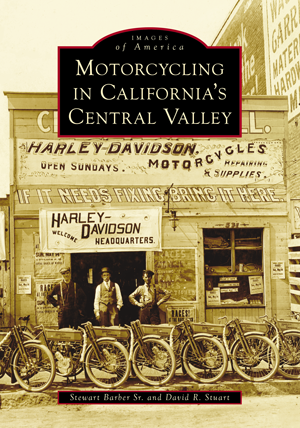
The heart of California’s Central Valley—from Lodi, Stockton, and Tracy through Modesto, Oakdale, and Turlock—embraced motorcycling from the beginning of the sport and lifestyle. Eleven riders from the region are in the American Motorcyclist Association (AMA) Hall of Fame, spanning every decade from the 1900s. The popularity of bicycling in the 1890s led to early motorcycle shops, riders, and champion racers in the 1900–1910s. Area motorcycle club recreational rides and field meets started in 1914. Central Valley police departments were among the first to develop motorcycle traffic units in the 1920s, before the California Highway Patrol. Early racing venues such as repurposed bicycle velodromes, college stadiums, and horse tracks were expanded when the Lodi Cycle Bowl was developed in the 1950s; it gave newcomers such as Modesto’s Kenny Roberts and Stockton’s Alex Jorgensen, Chris Carr, and Fred Merkel—all now AMA Hall of Famers—a track at which to compete weekly.
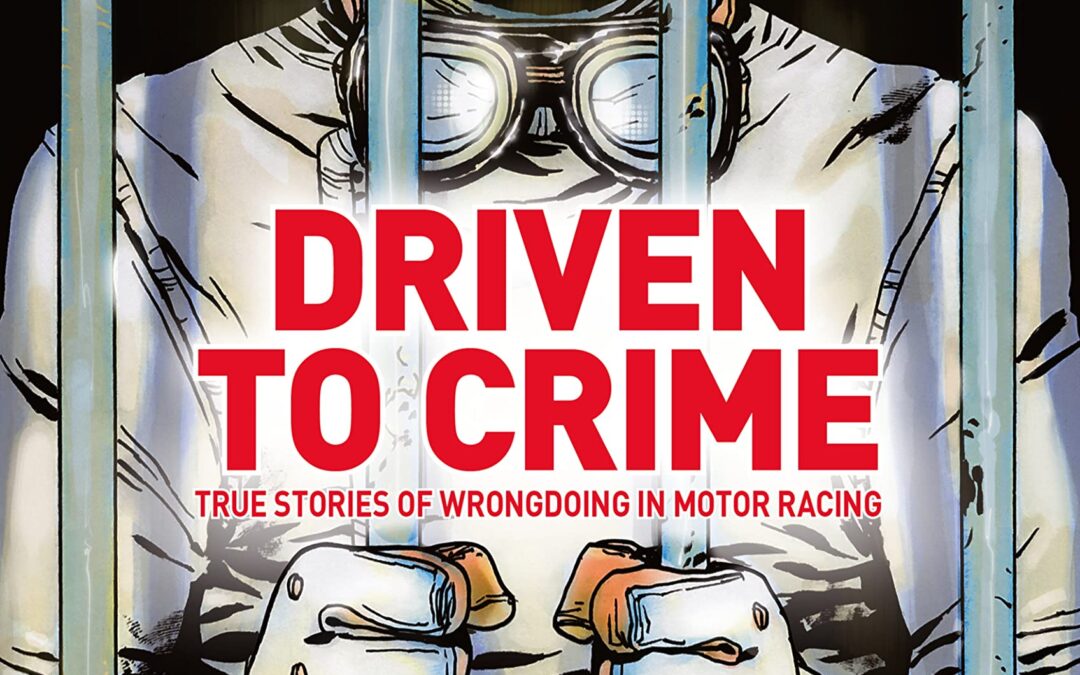
People lie, cheat, steal and even kill for a variety of reasons, one of which is to go motor racing, a particularly expensive and egotistical sport. This intriguing book, the result of years of research, encompasses not just those who have been ‘driven to crime’ in order to pay for their sport but also characters within motor racing who have been involved in wrongdoing, sometimes through no fault of their own.
Over 60 true stories cover webs of deceit and numerous crimes including drug trafficking, corruption, embezzlement, robbery, fraud, murder and money laundering. The author investigates misdemeanours at all levels, from drivers, designers and mechanics to team owners, entrants and sponsors.
- Stories of motorsport chicanery from all over the world, including…
- Fraud: Southern Organs (lay preachers who faked suicide and hid on a remote Scottish island); Jerry Dominelli (a Ponzi scheme that funded top-level racing Porsches); Jean-Pierre Van Rossem (self-styled stock-market guru who bankrolled an F1 team); Dominic Chappell (serial bankrupt racer brought down after purchasing a British department store); David Thieme (the Lotus sponsor who vanished).
- Murder: David Blakely (the driver killed by his lover Ruth Ellis); Franco Ambrosio (F1 sponsor of Shadow and Arrows); Elmer George (American racer who married into Indy ‘royalty’); Ricardo Londoño-Bridge (Colombia’s first F1 driver); Mickey Thompson (1960s American drag-racing icon); Nick Whiting (casualty of the biggest gold bullion heist in British history).
- Swindles: James Munroe (accounts manager who embezzled his way to a racing McLaren F1 GTR); Lord Brocket (jailed for staging the theft of his classic cars, including Ferraris); Andrea Harkness (stripper who ripped off NASCAR).
- Drugs: Ian Burgess (sometime British F1 racer); Randy Lanier (drug-smuggling IMSA champion); John Paul Sr and Jr (talented son dragged into a racing father’s drug-running); Vic Lee (super-successful team owner with a dodgy transporter); the Whittington brothers (more misdeeds in IMSA circles).
- Other misdemeanours: Roy James (Great Train Robbery getaway driver); Bertrand Gachot (jailed after road rage in London); Juan Manuel Fangio (kidnapped by Cuban rebels in 1958); Colin Chapman (the unresolved ‘DeLorean Affair’); ‘Spygate’ (Ferrari design secrets passed to McLaren).
This book will appeal not only to motor racing enthusiasts and cognoscenti on both sides of the Atlantic but also to anyone who enjoys reading about true crimes.

Southern California is known for its sunshine and beaches, but underneath this façade lies a darker side. From the Vallecito Stage Stop deep in the desert where a phantom bride eternally seeks her lost love to the town of Lone Pine, where the shades of U.S. Cavalry and Paiute natives still battle for land rights, Southern California is haunted by its sordid past. Ghosts relive their days of fun at Universal Studios and Disneyland and remember their days sailing on the majestic RMS Queen Mary in Long Beach. Even its missions host the spirits of the long-departed. Join author Brian Clune as he uncovers the spooky side of Southern California.

- 50 years of BMW history in superb photos and gripping texts
- All the highlights of the company’s history, iconic BMW M models and Art Cars
- BMW owners and their treasures: stories from 50 years
- Lavishly designed illustrated book, officially supported by the BMW M GmbH
- Ideal gift for car lovers and BMW fans
In 1972 the story of BMW M GmbH started with an exclamation mark. Back then, the BMW 3.0 CSL already embodied all the virtues the Bavarian sports department still stands for today: consistent lightweight design, masterful performance and a striking appearance. With this principle the uncompromising saloons BMW M3 and M5 pioneered a whole type of car classification and the models of the M performance group brought a motorsport feeling to the road. On the 50th anniversary of the sports car icons, BMW M Love tells the whole story of the sporty BMW models – and is officially supported by the M GmbH. Apart from sporty saloons the M GmbH always knew how to catch public attention with spectacular racing successes, prototypes and activities. World-famous artists such as Andy Warhol, Roy Lichtenstein and Jeff Koons used Art Cars as their canvas. With numerous stories from 50 years this book presents the full history of the BMW sports cars with the telling ‘M’. Discover the greatest model icons anew, experience the most impressive sporting successes once more and join famous M owners in their love for cars!

“Only 500 men will ever drive it”
This was the slogan that Porsche chose to advertise its new elite model, which, under the name Carrera RS, was supposed to change the course of history. The first 911 Carrera RS was a true stroke of genius on the part of Porsche: The car, only 500 units of which actually needed to be built for homologation purposes and which originally left the sales department far from convinced, turned into an unexpected sales hit. Within a very short time, the Carrera RS cemented its status as the dream car par excellence for sports car fans. Although the original, somewhat naive idea had been to only produce five hundred of these cars, in the end more than three times that number were made and sold. In the summer of 1973, production ended after 1,580 units had been made.
The new Carrera RS of the 964 generation became a worthy successor to the legend. Nevertheless, it took a full 18 years before the legitimate successor to the Carrera RS 2.7 was presented. Legendary Porsche racing engineer Roland Kussmaul tells us why it took so long in an exclusive interview.
The new Carrera RS of the 964 generation became the legitimate successor to the legend. The 964 RS needed no more than 260 hp to reach a top speed of 260 km/h. Again, more than twice as many vehicles as actually required were sold within a very short time.
The Porsche 993 RS became the last classic Carrera RS. The last classic 911 RS was presented in January 1995 . As far as many fans of the ‘Eleven were concerned, its attractive design crowned the 911 RS of the 993 generation as the most beautiful Carrera RS of all time. In this last air-cooled 911 RS, the engineers achieved a particularly harmonious synthesis of sportiness and comfort.
The Carrera RS book for the 50th birthday! The time has come to dedicate a book to the classic, air-cooled series of the 911-RS. In addition to detailed buying advice and price developments over the past few years, the book also includes an extensive technical and statistical section.
Limited edition of 500 copies
English & German text










